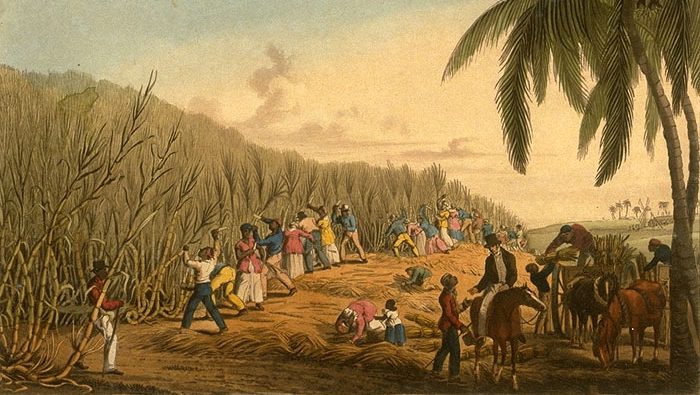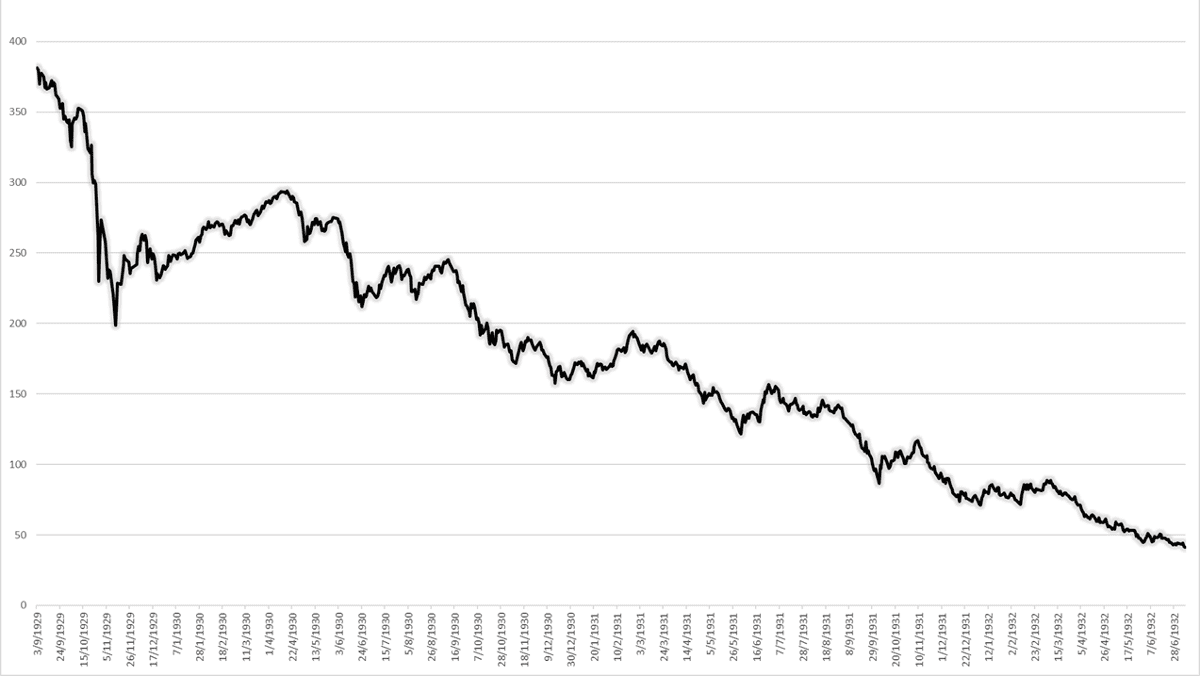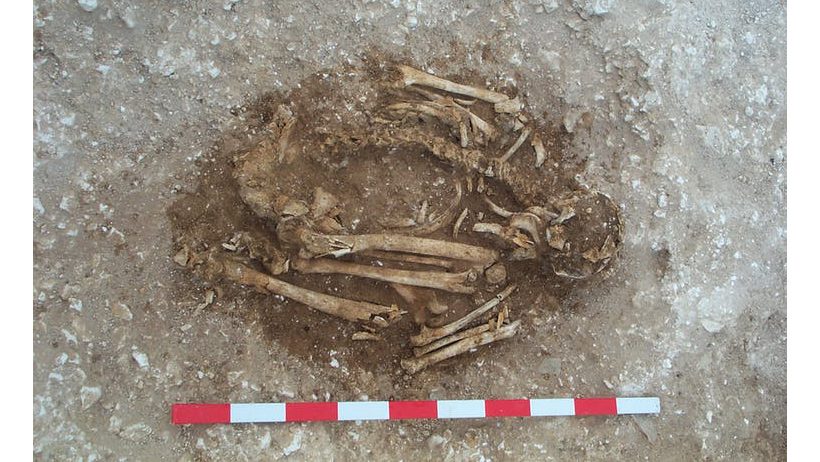Estimated reading time: 5 minutes
By Richard Shrubb.
The abolition of slavery by the British Empire would cause an economic crisis among Caribbean plantation owners thanks to the lack of cheap labour. Their answer was to increase the use of indentured labour, something they had been utilising since the 1600’s. This was a system whereby where people were contracted to work for very low pay for up to 14 years. These labourers often had to live in terrible conditions and were subjected to corporal punishments for breaching their conditions of work. They were however considered ‘people’ under the law unlike slaves and had rights that slaves lacked.
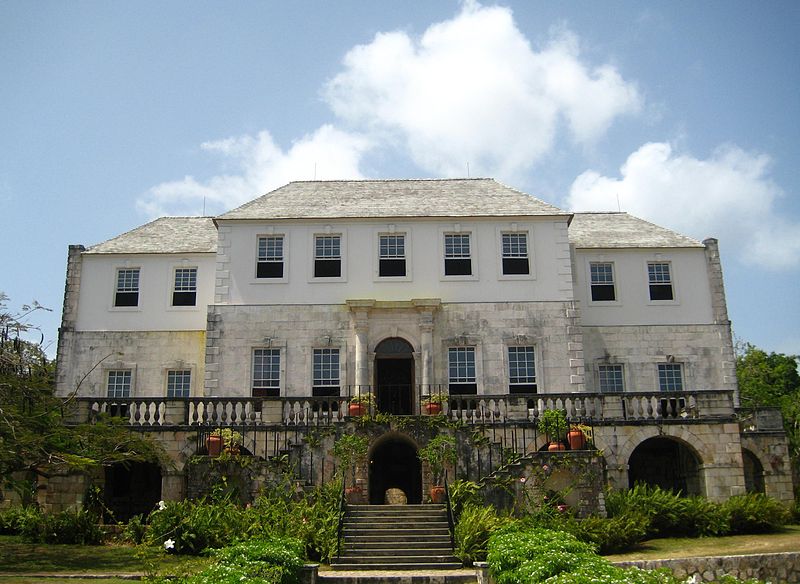
An Irish Indentured Servant Punishes a Slave
A very powerful quote delineating the relative rights of the indentured servant from that of the slave was highlighted by a firsthand report shown in The Journal:
Referring to an Irish indentured servant who oversaw a team of slaves in Barbados, Father Antoine Biet reported,
“He had in irons one of these poor Negroes who had stolen a pig. Every day, his hands in irons, the overseer had him whipped by the other Negroes until he was all covered with blood. The overseer, after having had him treated thus for seven or eight days, cut off one of his ears, had it roasted, and forced him to eat it.”
This illustrates how indentured servants had some rights while slaves had none. The same article shows that the indentured servant could even be rewarded for killing a slave accused of theft – a mercy by comparison to treatment of the poor soul above.
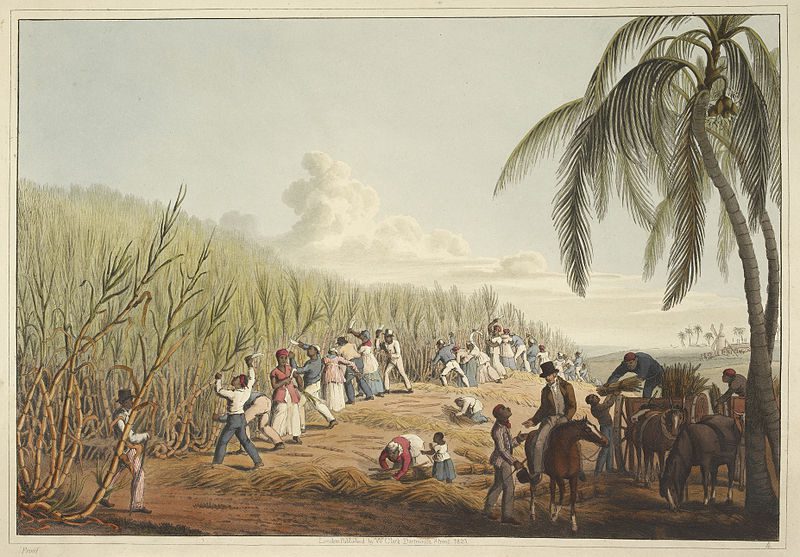
Africans Become Indentured Servants
As a half-step towards the eventual abolition of slavery, in 1807 the UK Parliament passed the Abolition of the Slave Trade Act that banned the trade in but not use of slaves in the British Empire. Though reasonably ineffective – the slave trade and use of slaves (even in the Empire) continued throughout the world – the Royal Navy was licensed to interdict such ships and seize them and their ‘goods’ aboard them.
The Royal Navy had to dispose of the people it had then freed. How? A very good podcast, “Anita Rupprecht on ‘Liberated Africans’, Indenture and Resistance in the British Caribbean 1807-1828” discusses how those that the navy couldn’t use in its fight against Napoleon were given conditional freedom for 14 years as indentured servants. These people were neither free or enslaved and thus formed a middle class of Africans who had been brought to the Caribbean against their will.
1833 Onwards
When the Slavery Abolition Act 1833 came about it gave plantation owners a major headache. Though many had been enriched by effectively having their entire workforce bought from them by the UK government, they would have to pay people to do the same work as they had used slaves for.
One research paper by William Found and Marta Berbés-Blázquez suggests that the end of slavery
“led to very significant declines in sugar production in some British islands (e.g. Jamaica) but continued growth in others (e.g. Barbados). The eventual disappearance of slavery in the French, Danish and Spanish islands led to a mix of impacts on the sugar landscape – usually resulting in eventual decline.”
1840s-1917 – South Asian Indentured Labour
Market forces would push the plantation owners to seek new sources of labour that was as low cost as possible. The answer was in hiring South Asians, notably people from India and China. Today it is estimated that 2.5 million descendants of these people live in the Caribbean – and many others have emigrated from the Caribbean to the Americas and Europe.
A panel of academics discusses their lives experiences in this video.
Though not captured and forced to go to the Caribbean as their African predecessors were, they were often promised a good life only to arrive and discover living conditions similar to that of the Africans. They were subjected to corporal punishment thanks to the law requiring a fee from the planters for criminal punishment. Complaints to the Magistrate for working conditions in breach of their contracts fell on deaf ears, and where there was a dispute between the labourer and planter the planter’s word generally counted for more in the eyes of the authorities.
There are a number of reasons that so many chose to make a life for themselves in the Caribbean despite effectively being freed at the end of a typical five year indenture. Trinidad offered Crown land in lieu of a passage back to their homelands in the 1850s, allowing many labourers to plant sugar themselves and go into the industry as planters. Being legally recognised they were allowed to marry and could towards the end of the indenture system’s life live off the estate with their spouses. They were allowed to practice their faiths (unlike slaves) so communities grew around their religious interests.
War – the End of Indenture
Manpower was needed in the trenches of World War One and wasn’t so freely available to be sent to produce sugar in the Caribbean. This is said to be the major reason for the end of indentured labour in the Caribbean and why in most cases today, production is reduced to show plantations for tourists.
Articles you may also like
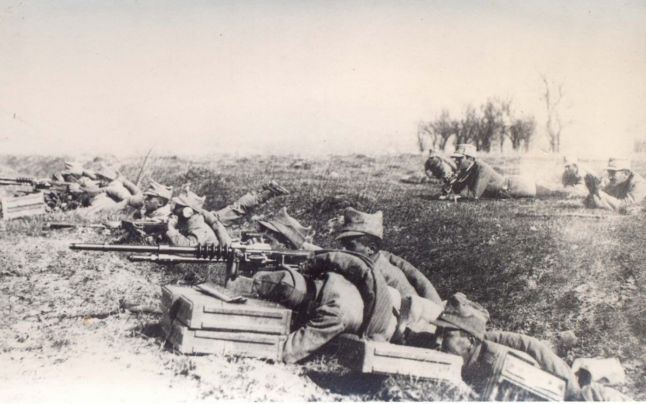
How Romania’s WW1 Gamble Paid Off Spectacularly
Reading time: 6 minutes
The Great War was a major turning point for virtually all European countries, but not too many of them enjoyed a positive outcome. Although it took two years for Romania to enter the war and another two for the conflict to reach a conclusion, the result was an unlikely unification of its historical lands and the beginning of the most prosperous period in the nation’s history.

